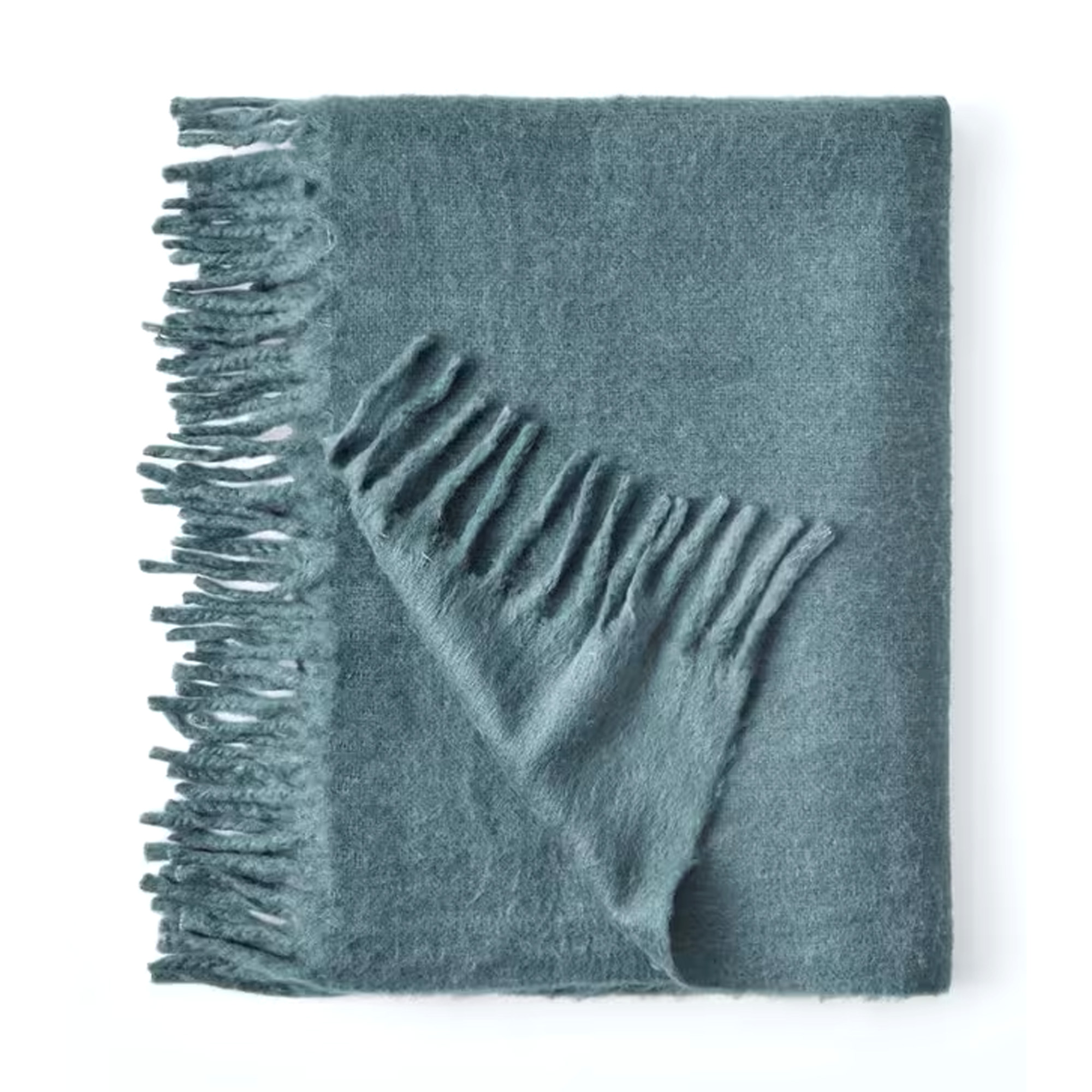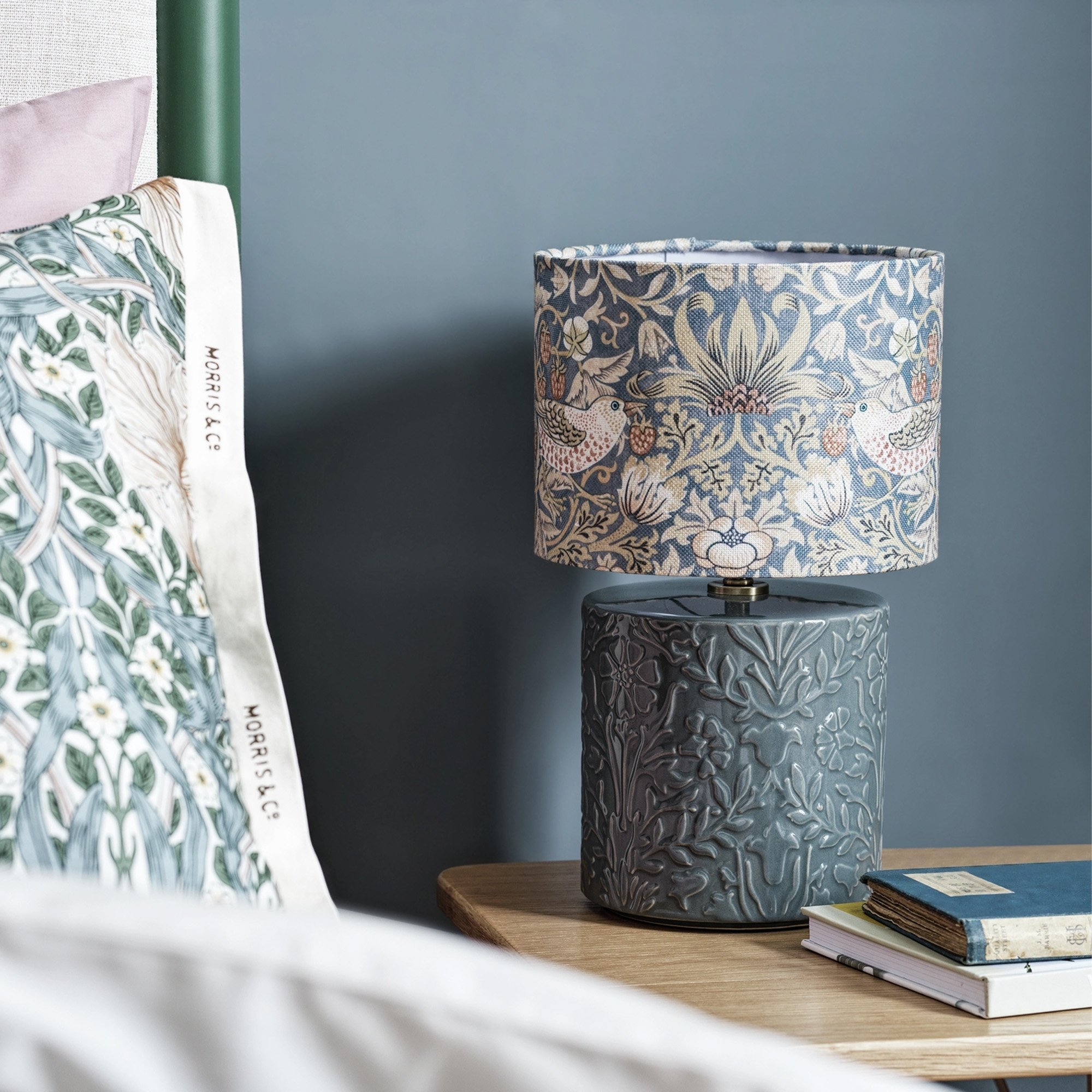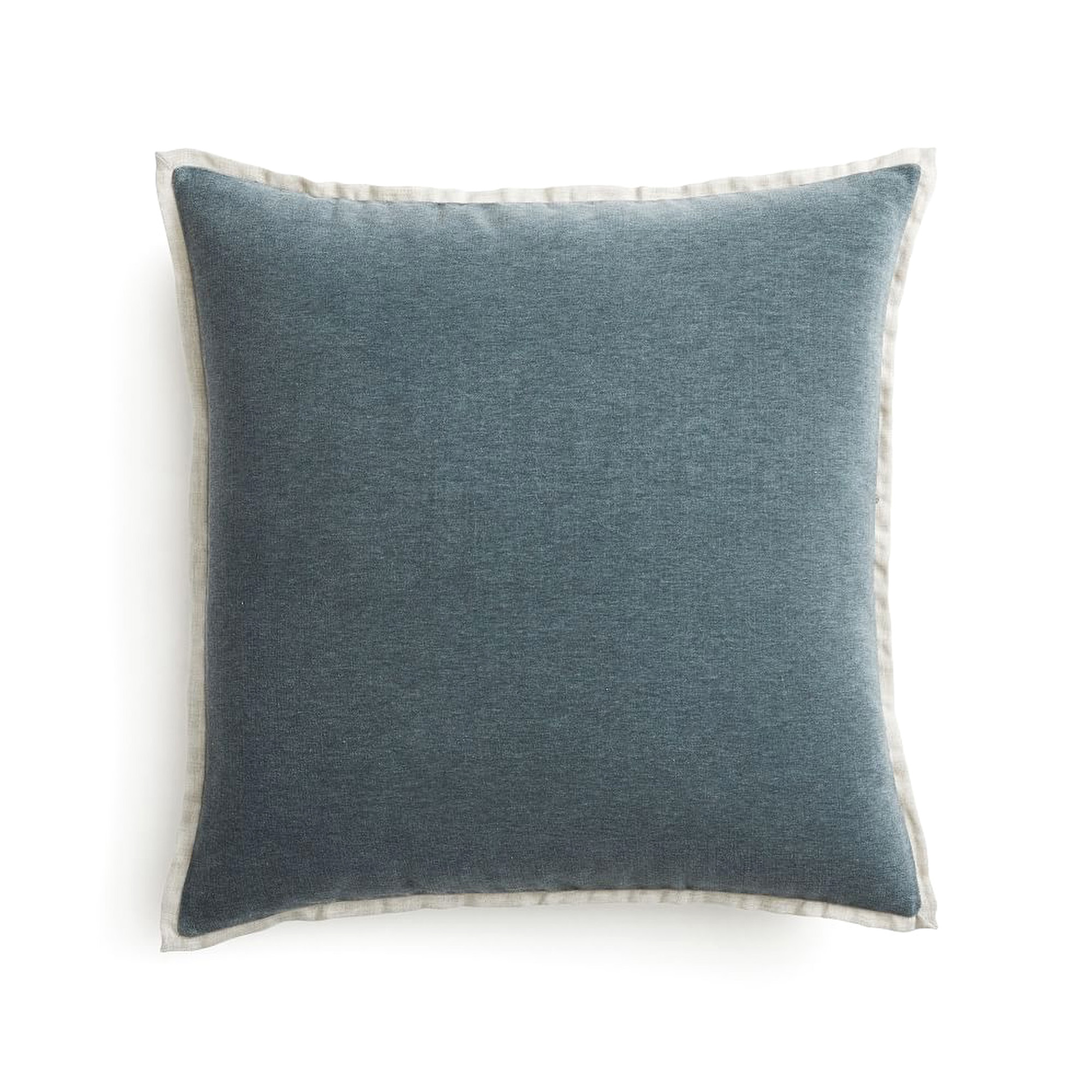Interior experts reveal the secret formula for designing a calm and restful bedroom – it's all about the 'rule of three'
Here's how to apply it to your home
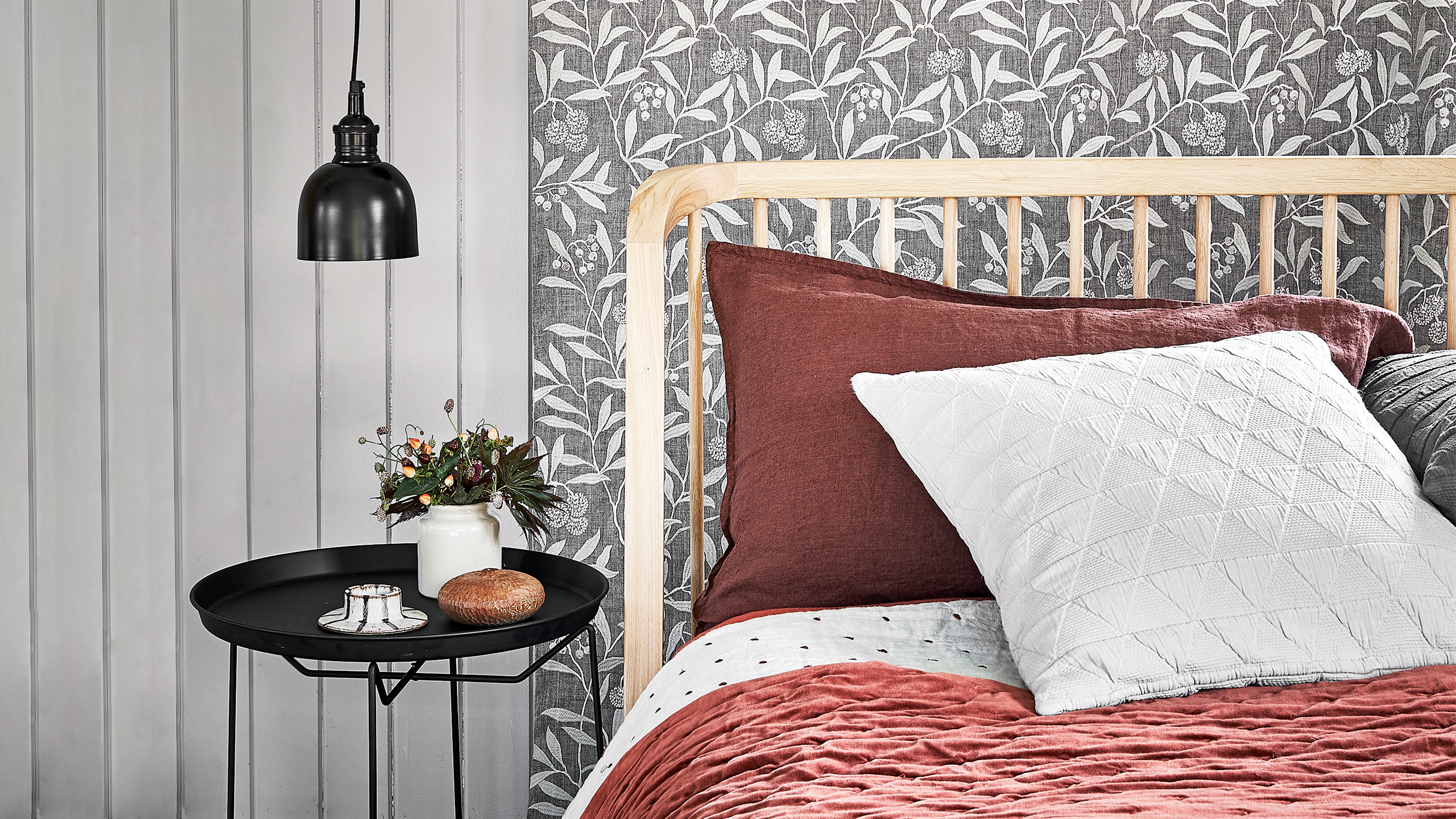

Interior experts say that there's a simple trick to creating a bedroom that's both stylish and restful, and it all comes down to the 'rule of three'.
What is the rule of three? It's an interior designer's secret weapon when it comes to creating a beautifully put-together space, and if you're currently pondering bedroom ideas, it's a design hack you'll most definitely want to embrace.
As Emma Deterding, founder and creative director of interior design agency Kelling Designs, explains, put simply, 'the rule of three is a guideline that centres around grouping or using design elements in threes'.
And there's a reason this guideline is especially important if you're hoping to turn your bedroom into a sanctuary of rest and relaxation. So let's get into it.
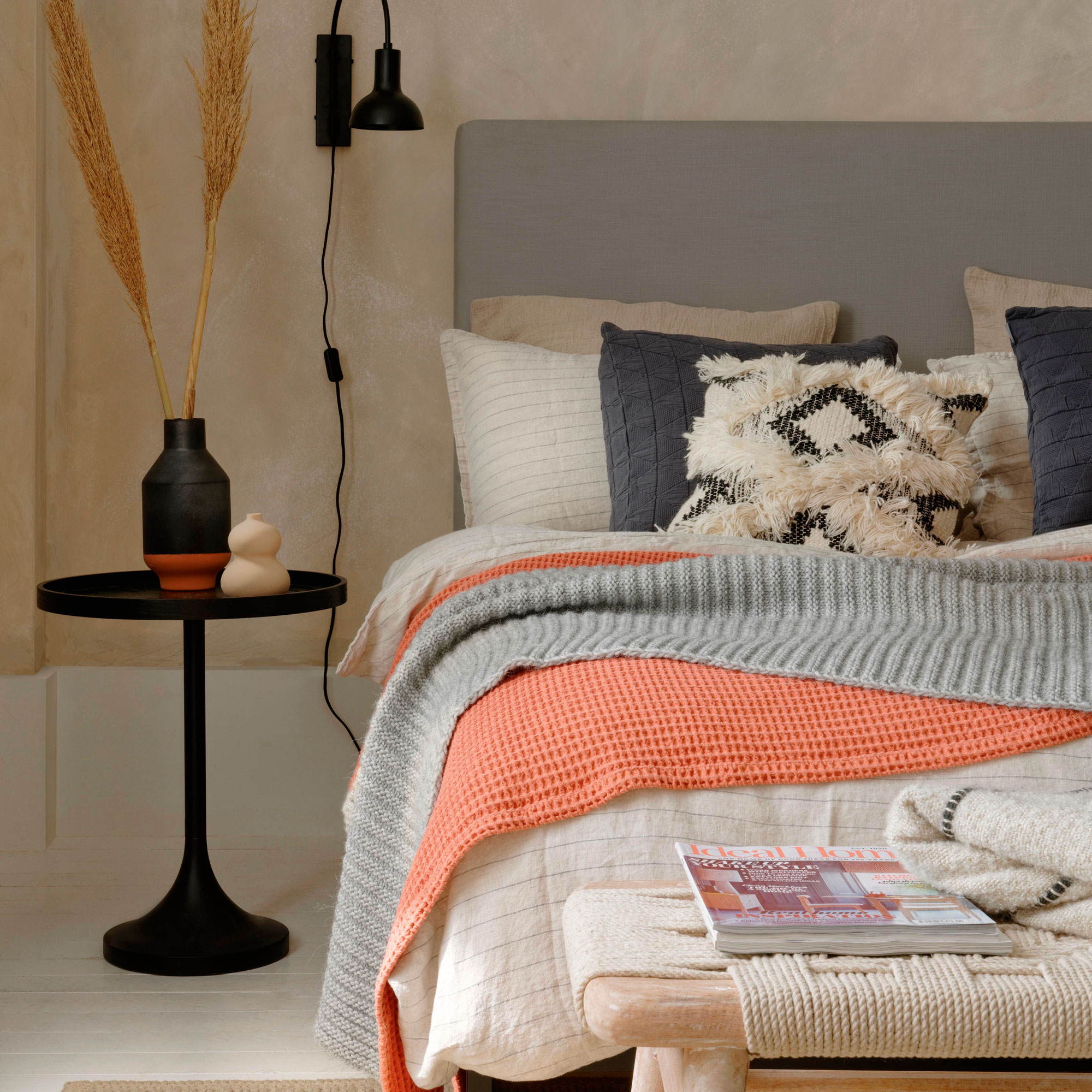
Why use the 'rule of three' in the bedroom?
'The rule of three is a timeless design principle that’s rooted in human psychology and the principles that make the natural world so visually appealing,' explains Eloise Pfeiffer, interior designer at Pfeiffer Design. 'In a bedroom, the rule of three can work beautifully to create calm and cohesion.'
After all, nature is rarely perfectly symmetrical, so our brain tends to feel more relaxed in environments that aren't too regimented and uniform, and relaxation is exactly what we want to achieve in the bedroom.
'This design principle encourages grouping elements in threes to create balance and harmony within a space,' agrees Helen Ashmore, head of design at Laura Ashley. And a space that feels balanced and harmonious is more likely to induce feelings of relaxation in our nervous system.
Sign up to our newsletter for style inspiration, real homes, project and garden advice and shopping know-how
'Odd numbers, especially three, feel more natural and pleasing to the eye, which is why they’re often preferred over even groupings,' says Helen. 'When it comes to creating a bedroom that looks beautiful yet remains a calm and restful retreat, the rule of three can make all the difference.'
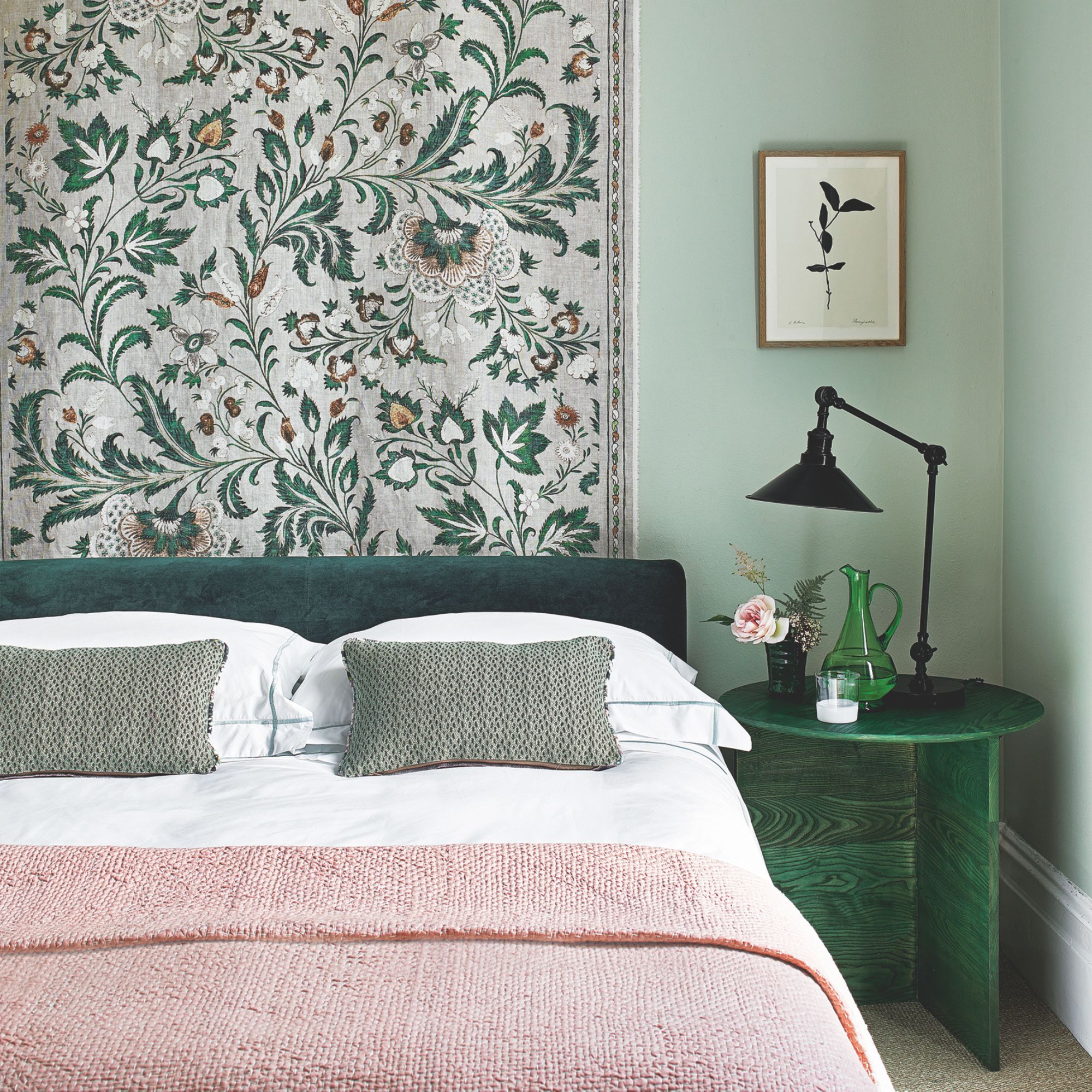
How to use 'rule of three' in bedroom
So now we know why the rule of three can be such a useful tool for helping the brain to relax, but how exactly would we apply it in the bedroom?
'For styling and accessories, you would use the rule of three when dressing up bedside tables, dressers, or shelves,' explains Emma, 'grouping three items of varying height or texture to create a visually balanced and eye-catching vignette.'
'Curating objects and trinkets in groups of three adds richness and draws the eye to vignettes on dressers, bedside tables, or shelving,' agrees Helen.
So that might be a bedside table styled with a bedside lamp, a vase of flowers or a pot plant, and a trinket box for jewellery, as the image below shows.
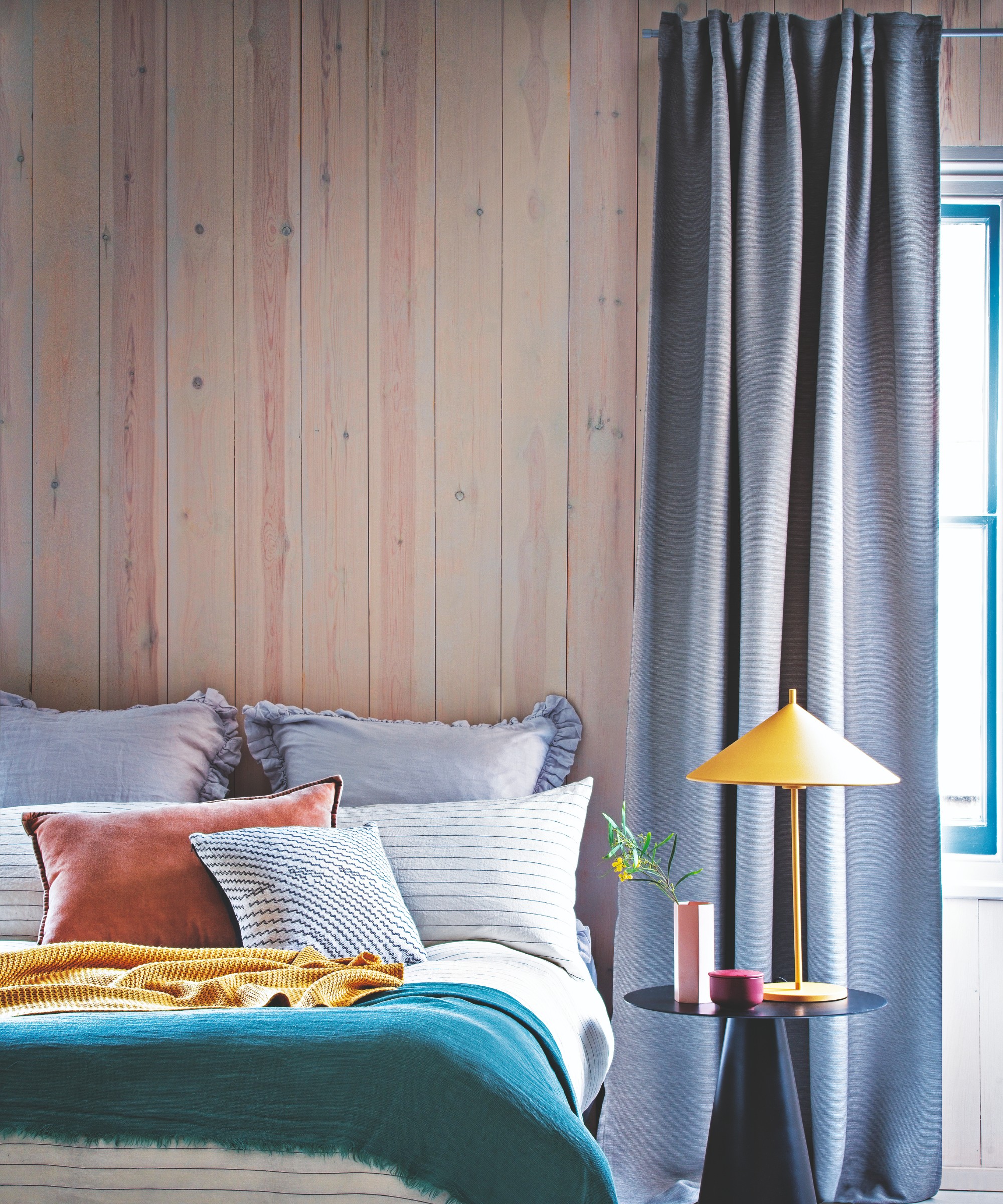
'The rule of three also works beautifully when layering decorative pillows on a bed,' says Helen. 'Three pillows feel welcoming and cosy, making the space more inviting than the formality of a four-pillow, symmetrical arrangement.'
Many interior designers also bring the 3-5-7 interior design rule into the bedroom, especially when it comes to pillows! This is a way to add a few extra soft furnishings whilst sticking to the idea that odd numbers are more attractive to our brains.
For example, you might add five or seven pillows and cushions to the bed rather than limiting yourself to just three.
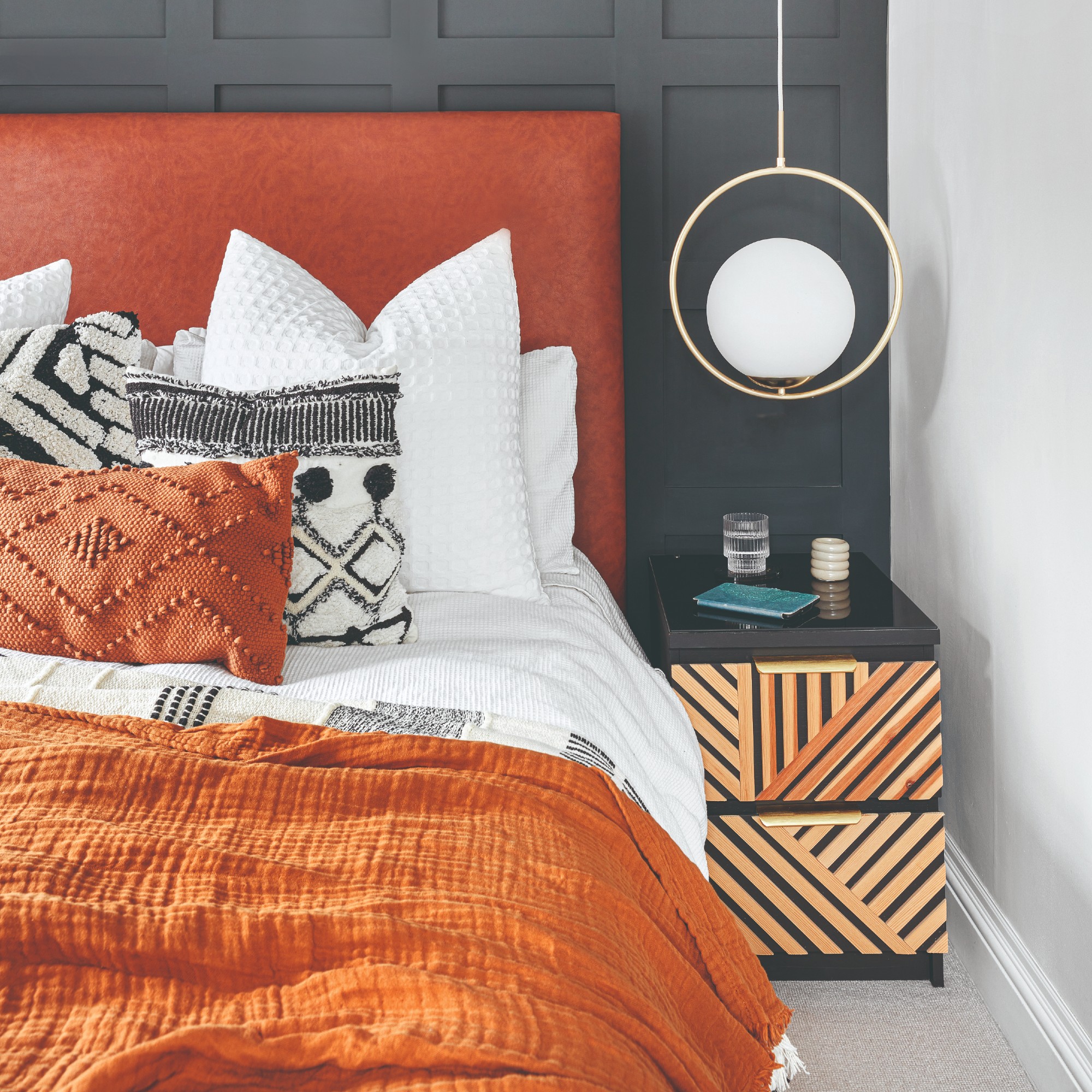
'The rule of three is also particularly helpful when planning lighting,' shares Eloise. 'A combination of bedside lamps, wall lights, and an overhead fitting can layer the space perfectly.'
You can (and should) also apply the rule of three in more subtle ways. For instance, 'you might repeat a colour or texture three times across the room,' suggests Eloise.
'In terms of applying the rule of three to colour, you would use the rule to break down three shades within the overall design scheme, says Emma. This can also be known as the 60-30-10 rule.
'For instance, you’d have your dominant colour at 60% of the space (forming the foundation of your palette on walls, large furniture or bedding), a secondary colour at 30% (a complementary colour supporting the main shade, used on curtains, rugs or upholstery) and an accent colour at 10% (being a more bold tone used sparingly through cushions, throws, lamps or artwork).'
'The rule is also great for introducing texture and pattern,' says Emma, 'especially if you’re not confident with using these. By layering three textures or three different, but complementary prints, you can add depth, drama, and richness to a space whilst still keeping the overall look harmonious.'
'If you're someone that's not so confident with using print, pattern and colour, then the rule of three can be a great tool to help,' agrees Helen. 'A great way to start is by introducing a hero print, perhaps on wallpaper or bedding, then coordinating it with a plain or striped design across other surfaces.'
'The key is subtle repetition and variation, so the room feels harmonious and intentionally styled, without being overly coordinated,' says Eloise.
'As with any rules, they are meant to be broken,' says Emma, 'but the rule of three is a great design framework that can help to create a really beautiful, balanced and harmonious design scheme.'

Amy is Ideal Home’s Sleep Editor and the Ideal Home Certified Expert on Sleep. She's spent the last four years researching and writing about what makes for the best night’s sleep during the day and testing out sleep products to find the best-in-class by night. So far she’s clocked up over 10,000 hours of pillow, duvet, and mattress testing experience.
Our go-to for all things sleep-related, she’s slept on and under bestselling products from Simba, Emma, Hypnos, Tempur, Silentnight, Panda, and many many more.
As a hot sleeper, Amy is always on the lookout for the most breathable bedding, but she also leads a wider team of testers to ensure our product testing encompasses both hot sleepers, cold sleepers, front sleepers, back sleepers, side sleepers, and everything in-between.
